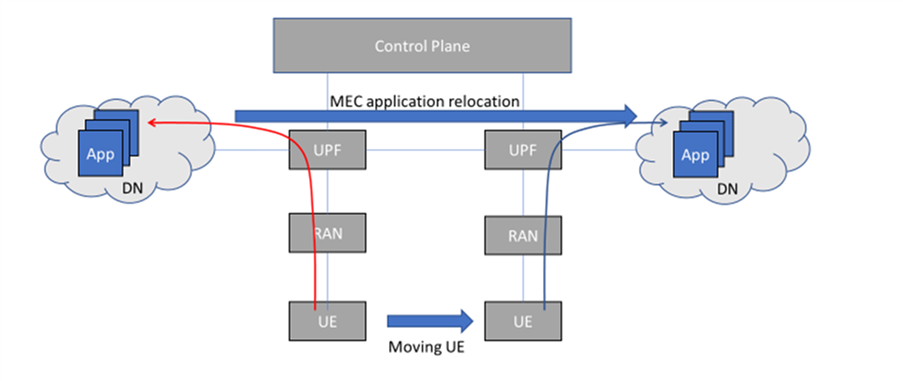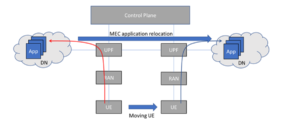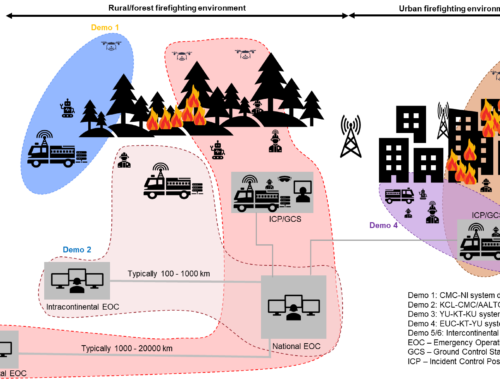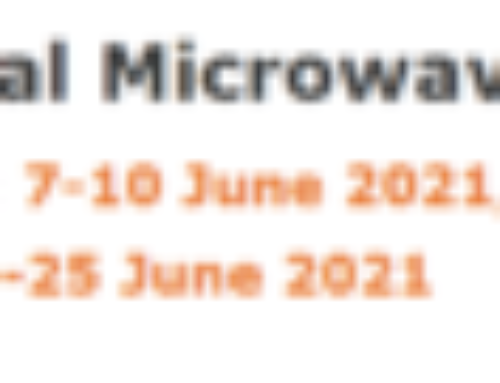The PriMO-5G has released deliverable exploring the use of 5G architectural enhancements, including network slicing and multi-access edge computing (MEC) in the context of the PriMO-5G firefighting use cases. In this case, network slicing may for instance enable a common 5G network to provide dedicated slices for different services or traffic types (e.g. slice for drone control traffic, slice for HD video streams from fire scene etc.). This allows each slice to be configured with resources (compute, storage or networking resources) that meet the service needs. On the other hand, MEC platforms enable offloading of intensive computational jobs to suitable points in a firefighting operation. For instance, a drone with very limited computational and battery capacity may transfer HD video it captures to a firetruck better equipped to process of the video.
However, the firefighting use cases present a number of significant challenges, including the presence of heterogeneous and highly mobile endpoints (e.g. firefighter devices, drones, firetrucks etc.) that require slicing and edge computing to be implemented reliably without compromising the firefighting operation. For instance, shown in figure below a moving user equipment (UE, e.g. drone) should have its edge computing application to relocated to a firetruck that is closer to the drone as it traverses a particular scene. The identified challenges and potential solutions for these edge computing and slicing implementations have been described in more detail in PriMO-5G deliverable D2.1 – Initial design of MEC and network slice manager

MEC application mobility
Link to download D2.1 – Initial design of MEC and network slice manager





